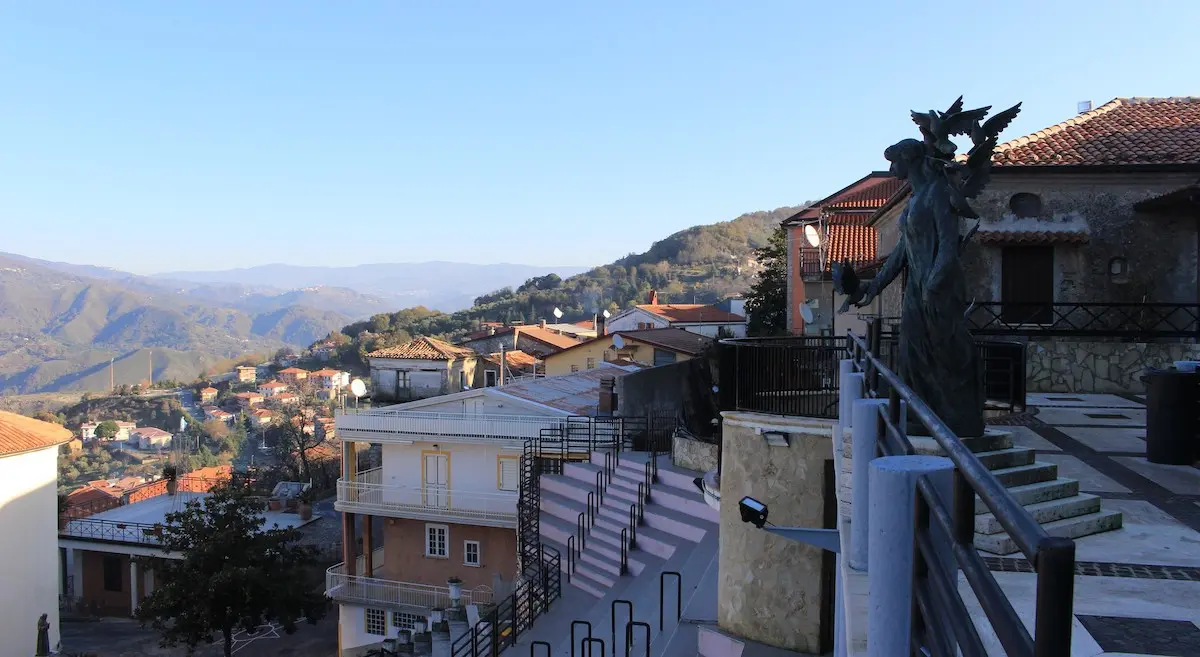Amantea
Amantea's three souls

Sea
Amantea - Regione Calabria
Amantea is a seaside village in the province of Cosenza, along the stretch of Tyrrhenian coast that falls within the ‘Scogli di Isca’ Regional Marine Park.
Isca is composed of two rocks: the smaller, called Isca Piccola; the larger, Isca Grande. The sea between these two formations presents a perfect seabed for diving even at great depths. The reef also includes the natural monument called Coreca Rock, named after the seaside hamlet 3 km from the centre.
At a time when Arabic was spoken among the alleys of Amantea, since it was ruled by the emirs of the East, the town was called Al-Mantiah (‘The Fortress’). Today, the historical centre develops around the Castle, with the Keep Tower and the ruins of the old Church of St Francis of Assisi (probably a former mosque).
Amantea has several historical buildings pickles, such as Palazzo Mirabelli (17th century), Palazzo Cavallo Marincola (17th century), Florio and De Martino. The 17th-century former Clarisse Convent is now the private seat of the Arrischiati Academy and the Museum of Copy Art. Buildings of worship include the Collegiate Church of San Biagio (Mother Church), the Church of San Bernardino da Siena and the Church of the Carmine (or San Rocco).
A gem? Below the town is the Grotto Park: an ancient shelter for boats and vessels, now the summer screening venue for ‘La Guarimba’ International Film Festival, one of the most important short film festivals in southern Italy.
Amantea's summer life takes place in the seaside hamlets of Coreca and Campora San Giovanni.
Useful information
What to know about Amantea
Where to Sleep
There are 72 available accommodations.
Places
There are 15 places to visit.
Travel Ideas
There are 8 travel ideas.
Infopoint Amantea
C.so Umberto I°, 1, Amantea
No result





